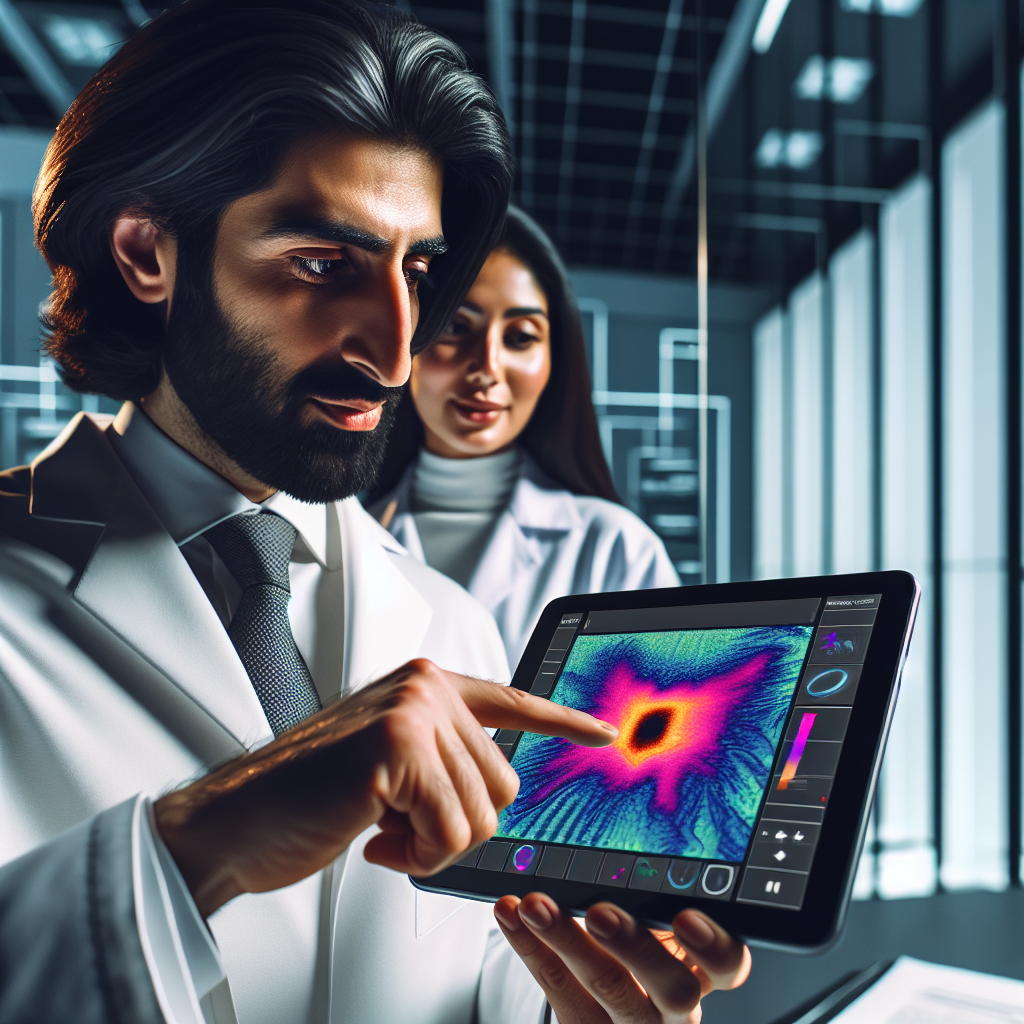In the rapidly evolving tech landscape, tablets with integrated thermal cameras are emerging as a game-changing innovation. These devices combine the computational power and portability of standard tablets with advanced thermal imaging capabilities, unlocking a plethora of opportunities across various industries. But what are the specific advantages that set them apart?
Overview of Tablets with Integrated Thermal Cameras
Tablets with built-in thermal cameras capture infrared radiation from objects and convert it into an image that displays temperature variations. Unlike regular cameras that capture visible light, thermal cameras visualize heat, making them invaluable in a range of scenarios.
| Feature | Standard Tablet | Tablet with Thermal Camera |
|---|---|---|
| Camera Type | Visible Light | Thermal and Visible Light |
| Primary Use | Entertainment, Productivity, Communication | Industry-specific Applications, Entertainment, Productivity, Communication |
| Temperature Measurement | Not Supported | Supported |
| Data Analytics | Limited to App Functions | Advanced Thermal Data Analytics |
Advantages of Tablets with Integrated Thermal Cameras
Enhanced Diagnostic Capabilities
One of the primary advantages is the enhancement in diagnostic capabilities. Whether in industrial settings, healthcare, or even in-home maintenance, these tablets provide detailed thermal imagery that can identify issues unnoticeable to the naked eye.
- Industrial Applications: Tablets can detect overheating machinery parts, potential electrical faults, and other issues that require immediate attention.
- Healthcare: Thermal imaging can identify irregular temperature patterns, which may indicate infections or other medical conditions.
- Home Maintenance: Identify insulation issues, leaks, or electrical problems.
Real-time Data Analysis
These tablets offer real-time data analysis, enabling professionals to make quick, informed decisions. For example, in firefighting scenarios, thermal imaging can help identify hot spots and trapped individuals in smoke-filled environments.
Portability and Convenience
Unlike traditional thermal cameras, which are often bulky and complicated, tablets are lightweight and user-friendly. This makes them perfect for fieldwork, allowing for easy transport and use in various settings.
Integration with Software and Apps
The integration of thermal cameras into tablets allows for seamless connectivity with specialized software and apps, enhancing functionality through features like automatic reports, cloud storage, and more.
Safety Considerations
Thermal cameras can identify potentially dangerous conditions, such as hotspots in industrial settings or overheating electrical components, helping to prevent accidents.
Applications in Various Industries
Construction and Building Maintenance
Thermal cameras on tablets can be used to inspect buildings for energy efficiency, detect moisture or leaks, and ensure proper insulation.
Automotive Industry
These devices enable better diagnostics of engine components, brake systems, and heating/cooling systems.
Agriculture
Thermal imaging can help farmers monitor crop health, detect water stress, and identify pest infestations.
Public Safety and Law Enforcement
Police and rescue teams use thermal imaging to locate individuals in search and rescue operations, as well as to monitor large crowds for security purposes.
Electrical and Mechanical Maintenance
Professionals can use these tablets to detect electrical faults, mechanical wear and tear, and other maintenance issues.
Challenges and Considerations
Despite their advantages, there are some challenges to consider:
- Cost: Tablets with integrated thermal cameras tend to be more expensive than standard tablets.
- Specialized Use: The full range of benefits often requires specialized knowledge and training.
- Battery Life: The addition of a thermal camera can drain the battery faster than standard use.
Conclusion
Tablets with integrated thermal cameras offer a unique set of advantages that make them invaluable across a variety of industries. From enhanced diagnostic capabilities to real-time data analysis and improved safety measures, these devices are setting new standards in technology and utility. As they become more accessible and affordable, we can expect to see their application broaden even further, revolutionizing how we diagnose problems, ensure safety, and perform our daily tasks.

